When Nike launched its “Dream Crazy” campaign a few years ago, fronted by former NFL quarterback Colin Kaepernick, the immediate aftermath saw a barrage of opinions, both in favour and against the campaign. But what surprised many was that despite the initial uproar, Nike’s stock climbed, eventually reaching an all-time high. The reason? Nike’s deep understanding of its brand equity and its core audience.
So, what is brand equity?
Brand equity is the value and strength of a brand’s name. It reflects the perception and the emotional relationship consumers have with a brand, how they feel about it, and what they expect from it. A strong brand equity can lead to customer loyalty, competitive advantage, and increased profits. It’s not just a logo or a catchy slogan; it’s the essence that separates iconic brands from fleeting ones.
Market research, often the backbone of strategic business decisions, is paramount in comprehending and moulding brand equity. As brands navigate the marketplace, understanding the evolving consumer perception becomes essential. This is where market research steps in, turning raw data into actionable insights, ensuring that brands remain resilient and relevant in the ever-shifting tide of consumer preference.
The Evolution of Brand Equity
Long before Apple’s iconic or Starbucks’ twin-tailed mermaid, humans have imbibed meaning and stories into symbols and trademarks. The ancient Egyptians marked their agricultural goods with specific symbols, ensuring that their products were distinguishable from others. However, as we transitioned from the agrarian age to the industrial age and now the digital and information age, the concept of brand equity has evolved, becoming more intricate and sophisticated.
In the late 20th century, brand equity transitioned from being solely about recognition to encompassing deeper, more emotional ties with consumers. Brands like Coca-Cola started focusing on the intangible emotions and experiences associated with their product. By the 1990s and early 2000s, with the proliferation of the internet and digital technologies, brand equity began to encompass a brand’s online presence, interactions, and the digital experience it provided to its users.
Today, brand equity has extended even further. It encapsulates everything from brand visibility to consumer trust, online reviews to influencer endorsements. Brands are now expected to be socially responsible, culturally aware, and seamlessly integrated into the digital lives of consumers. It’s a holistic experience that brands must synchronise to resonate with the modern consumer.
Transformation of Market Research
From door-to-door surveys in the 1930s to today’s AI-driven sentiment analysis, the metamorphosis of market research has been profound. Initially, market research was largely about numbers – counting consumers, tallying preferences, and calculating potential markets. The approach was more reactive than proactive.
As the 20th century progressed, the focus shifted. Market researchers started peeling back the layers, attempting to understand the ‘why’ behind consumer behaviours. This era saw the rise of focus groups, in-depth interviews, and ethnographic studies. The goal was clear: get into the mind of the consumer.
Digitisation provided researchers with an unprecedented amount of data. Suddenly, every click, purchase, like, share, and tweet became a potential goldmine of information. With the advent of big data analytics, cloud computing, and AI, market research evolved again. Now, not only can researchers process vast amounts of data rapidly, but they can also predict future trends, understand micro-moments in consumer journeys, and tailor brand strategies in real time.
This transformation of market research methodologies reflects a broader shift in understanding the intricate emotions, values, and experiences that shape the modern consumer. Market research has become the needle, guiding brands to craft narratives that are heard and felt deeply.
Understanding Brand Equity
To truly grasp the weight of brand equity, one must dissect its key components:
Brand Loyalty: Think of Apple enthusiasts who camp outside stores for the newest releases or Harley-Davidson aficionados who tattoo the brand’s logo on their skin. Brand loyalty isn’t just about repeat purchases; it’s about fostering a deep, unwavering bond with the consumer. It’s the glue that keeps customers returning even when alternatives loom large.
Brand Awareness: If brand equity were a building, brand awareness would be its foundation. It gauges the ability of consumers to recognise or recall a brand. It’s that unmistakable tick for Nike or the golden arches that instantly remind you of McDonald’s. Brand awareness ensures a brand is top-of-mind when a consumer is ready to make a decision to purchase.
Brand Perceptions: How do consumers view your brand? Is it trustworthy, innovative, or reliable? These brand perceptions, built over time and through various interactions, determine how consumers categorise your brand in their minds. Tesla, for instance, isn’t just perceived as a car manufacturer; it’s often seen as a torchbearer for sustainable innovation.
Brand Associations: These are the specific attributes, emotions, and themes consumers connect with a brand. Disney, for example, is associated with magic, childhood, and wonder. These associations act as a mental bridge, connecting the brand’s identity with the hearts and minds of its audience.
Value Proposition:
Robust brand equity doesn’t just look good on paper; its benefits ripple across various facets of a brand, such as:
Pricing Power: Brands with substantial equity can command higher prices without alienating their customer base. A Rolex, despite its high price tag, continues to see demand because of the prestige associated with the brand.
- Negotiation Leverage: When entering partnerships or negotiating retail shelf spaces, high brand equity can tilt the balance in favour of the brand. Retailers know that coveted brands drive footfall, and they’re more likely to agree to the terms of such brands.
- Defensive Barrier: It’s a fiercely competitive marketplace, and brand equity protects against competitors. New entrants find it challenging to displace brands with solid equity, even if they offer similar or slightly better products.
- Customer Trust: In uncertain times or during product missteps, strong brand equity can act as a buffer. Consumers are more likely to give trusted brands a second chance, believing they’ll make amends.
- Growth Opportunities: Brands with rich equity can venture into new product categories or markets with a higher likelihood of success. Their equity acts as a passport, allowing them smoother entry and quicker acceptance.
Market Research: The Cornerstone of Brand Equity Insights
The Role of Data
Imagine steering a ship without a compass or flying a plane without navigation. Without data, brands essentially navigate the unpredictable skies of the market blindfolded. Data provides clarity, objectivity, and precision. It informs brands about who their consumers are, what they desire, how they perceive the brand and the myriad of factors influencing their purchasing decisions. Gone are the days of intuition-led branding. In today’s digitised world, data guides brands toward informed decisions that resonate with their target audience.
Quantitative vs. Qualitative
While numbers and graphs give us the ‘what’ and ‘how much,’ they often fall short of answering the ‘why.’ This is where the dance between quantitative and qualitative research becomes pivotal.
- Quantitative Research: Through surveys, questionnaires, and other means, quantitative research offers a numerical snapshot of consumer behaviour. It’s the statistical backbone that informs about market sizes, segment preferences, and buying patterns. It provides scalability, allowing brands to generalise findings across broader demographics.
- Qualitative Research: Delving deeper into the consumer’s psyche, qualitative research seeks to unearth the motivations, emotions, and narratives driving consumer behaviour. Methods like in-depth interviews, open-ended surveys, and focus groups bring rich, nuanced insights often hidden in quantitative data.
For a brand to truly understand its equity, it must balance the breadth of quantitative research with the depth of qualitative insights, offering a 360-degree view of its standing in the market.
Granular Market Research Techniques
With advances in technology and a deeper understanding of human psychology, market research has evolved, birthing techniques that were once deemed the stuff of science fiction.
- Neuro-marketing: Diving into the neural activities of consumers, neuro-marketing taps into subconscious preferences and biases. Analysing brain patterns when consumers interact with a brand or its advertisements offers unfiltered, raw insights into their feelings and reactions.
- Ethnographic Research: Rather than bringing the consumer to the lab, ethnographic research takes the lab to the consumer. Observing consumers in their natural surroundings captures the cultural, social, and environmental factors shaping their interactions with a brand.
These granular techniques, though niche, provide a depth of understanding that traditional methods might miss, painting a more holistic picture of brand equity.
Tools and Techniques
In the toolbox of a market researcher, a plethora of instruments aid in gauging brand equity:
- Surveys: Time-tested and versatile, surveys can be tailored to gather a wide range of data, from brand recall to specific product feedback.
- Focus Groups: Offering a microcosm of the market, focus groups facilitate real-time feedback and discussions, bringing forth group dynamics that influence brand perceptions.
- Sentiment Analysis: With the digital footprint expanding, sentiment analysis mines online conversations, reviews, and social media chatter to gauge public sentiment toward a brand.
These tools, when used judiciously, can stitch together detailed insights, illuminating the path for brands striving to strengthen their equity in the modern marketplace.
The Interplay of Digital and Brand Equity
Digital Footprint’s Influence
In our hyper-connected world, the line between the real and the virtual has become increasingly blurred. With a single tweet or review, the perception of brands can change overnight. Every digital interaction, whether a retweet, a review, a blog post mention, or even a meme, contributes to a brand’s digital footprint.
A study by BrightLocal found that 82% of consumers read online reviews for local businesses. The digital space is a vital place where brand equity is constantly negotiated and reshaped. A positive review on Amazon, a share of an enlightening brand video on Facebook, or even a trending hashtag on Twitter can enhance brand perception, making it more relatable and credible in the eyes of consumers.
Conversely, negative sentiments or controversies can mar a brand’s digital image, sometimes causing lasting damage to its brand equity. Remember the backlash some brands faced due to inappropriate advertisements or mishandling sensitive issues? Such episodes highlight the importance of treading cautiously and empathetically in the digital world.
Online Market Research Tools
As the digital footprint grows in significance, market research has adapted, introducing tools that capture the pulse of the online consumer:
- Social Listening: Social listening tools like Brandwatch or Sprinklr delve deep into the digital chatter, deciphering trends, sentiments, and emerging narratives about a brand. They allow brands to eavesdrop on unfiltered conversations, offering a mirror to their digital reputation.
- Online Focus Groups: Leveraging video conferencing platforms and specialised software, online focus groups bring together diverse participants from different geographies. They offer the intimacy of traditional focus groups minus the geographical constraints.
- Web Analytics: Tools like Google Analytics provide insights into how consumers interact with a brand’s online presence. From the bounce rate of a product page to the click-through rate of an ad, they offer data that can be pivotal in refining digital strategies.
- Heatmap Tools: Platforms like Crazy Egg allow brands to visualise where users click, move, or even hover on their sites. This data is invaluable in understanding user behaviour and optimising web interfaces for better engagement.
Metrics and KPIs in Brand Equity
Key Metrics
When attempting to understand a brand’s equity, how does one measure success or identify areas of improvement? Much like a physician uses vital signs to assess a patient’s health, brands employ specific metrics and KPIs (Key Performance Indicators) to gauge their equity:
- Net Promoter Score (NPS): Often described as the most straightforward yet most potent tool, NPS measures the willingness of customers to recommend a brand’s products or services. It’s a barometer of overall customer satisfaction and loyalty, providing a quick snapshot of a brand’s relationship with its consumers.
- Brand Awareness: Beyond mere recognition, this metric assesses the extent to which a brand is top-of-mind for consumers. Are they aware of your brand when considering a purchase in your category? High brand awareness can lead to higher market share and is often an early indicator of brand strength.
- Customer Satisfaction: Often gauged through surveys, this metric dives into how products or services meet or surpass customer expectations. High customer satisfaction often correlates with repeat business and brand loyalty.
- Brand Association: What attributes or emotions do consumers link with your brand? Using associative techniques, brands can decode the intangible connections consumers make, helping shape communications and product strategies.
- Brand Loyalty: Measuring the frequency of repeat purchases or the reluctance to switch to competitors, this metric is a testament to a brand’s ability to resonate and retain its consumer base.
Market Research’s Informative Role:
These metrics aren’t mere numbers; they are influenced and informed by the meticulous work of market research. Here’s how specific research methodologies breathe life into these metrics:
- NPS: Post-purchase surveys or feedback forms often contain that crucial question, “On a scale of 0 to 10, how likely are you to recommend our product/service to a friend or colleague?” The responses to this simple query, aggregated and analysed, give us the NPS.
- Brand Awareness: Through online and offline surveys, researchers can gauge spontaneous and aided brand recall. How many respondents name your brand without any prompts? And how many recognise it when listed among competitors?
- Customer Satisfaction: Feedback forms, after-sales surveys, and online review platforms serve as rich data mines. Analysing patterns in this feedback can offer actionable insights, helping brands elevate their offerings.
- Brand Association: Techniques like word association tests, projective techniques, and semantic differentials help map out the mental landscape around a brand, identifying positive and negative associations.
- Brand Loyalty: Loyalty card data, frequency of repeat purchases, and even metrics like the Customer Lifetime Value (CLTV) provide quantitative proof of brand loyalty. Qualitative methods, such as in-depth interviews, can offer insights into the ‘why’ behind this loyalty.
By using these metrics, market research does more than just record numbers. It offers a narrative, telling the brand’s story through the voices of its consumers. Each metric, then, becomes a chapter, revealing insights, challenges, and opportunities in the ongoing saga of brand equity.
Challenges and Solutions
Navigating Data Overload
The advent of digital technologies has turned the data spigot wide open. Every click, every share, every online review pours into the vast data available to brands. While this offers a goldmine of insights, it presents a unique challenge: data overload.
Sifting through terabytes of data to extract meaningful patterns can be daunting. Furthermore, without proper context, data can mislead, resulting in erroneous strategies. For instance, a spike in website traffic might seem like a win, but brands could miss the larger story without considering other metrics, such as bounce rate or conversion.
The Solution: The key lies in data synthesis and interpretation. Brands need to invest in sophisticated data analytics tools that not only aggregate data but also weave it into comprehensible narratives. Additionally, continuous training for marketing teams in data literacy ensures that they’re not just data-rich but also insight-rich.
Staying Relevant
Today, as we live in a hyper-connected universe, consumer sentiments are fickle. What’s trending today might be passe tomorrow. For brands, this poses the challenge of staying relevant. How does a brand ensure its equity remains robust amidst these shifting sands?
The Solution: Continuous market research is the answer. Instead of periodic deep dives, brands need to have their ears on the ground constantly. Tools like social listening, real-time feedback mechanisms, and ongoing surveys can provide a pulse of current consumer sentiments. Moreover, embracing agile branding strategies, where brands are flexible and adaptive based on real-time insights, can ensure they remain in sync with their audience.
Addressing Challenges
While understanding challenges is essential, addressing them proactively sets successful brands apart. With the right mix of strategies, tools, and a keen ear for the consumer’s voice, brands can not only address these challenges but turn them into opportunities for growth and deeper connection.
Collaborative Approach: Encourage collaboration between data scientists, market researchers, and the branding team. A holistic approach ensures that data insights are translated effectively into branding strategies.
Consumer-Centricity: Always keep the consumer at the heart of every strategy. Regularly engage with them through community forums, feedback sessions, or even casual interactions on social media. Their voice is the compass that should guide branding initiatives.
Invest in Technology: Embrace cutting-edge market research tools. Whether AI-driven sentiment analysis or VR-based virtual focus groups, staying updated with the latest technology ensures that brands gather the most accurate insights.
Continuous Learning: The world of market research is always evolving. Encourage teams to attend workshops, webinars, and courses. A team that’s updated with the latest methodologies and tools is better equipped to navigate the challenges of brand equity.
Final Thoughts
From understanding the nuances of brand perception to gauging the pulse of consumer sentiments, market research offers the tools, insights, and perspectives that shape and sculpt brand equity. It’s the compass that guides brands through the maze of consumer dynamics, ensuring they don’t just survive but thrive.
Consumer preferences shift constantly, and competitors emerge from unexpected quarters. It is, therefore, a best practice to ground one’s strategy in solid research.
But it’s not enough to merely gather data; the interpretation, the synthesis, and the actionable insights drawn from it set brands apart. In this age of data democratisation, the advantage doesn’t lie with those who have the most data but with those who know what to do with it.
Therefore, brands must not only lean into advanced market research methodologies but also foster a culture that values data-driven insights. Brands that champion this culture and continuously refine their understanding of their audience are the ones that will succeed at solidifying and increasing equity.
Dive deeper into the intricate world of brand equity. Your quest for understanding, optimising, and leveraging brand value deserves more than just surface-level insights. Ready to unravel the layers?
Discover the Power of Brand Analysis by downloading our guide, Unravelling the Power of Brand Analysis,” here.
For tailor-made solutions and a comprehensive look at how we can elevate your brand, explore our comprehensive Market Research Services.
Get regular insights
Keep up to date with the latest insights from our research as well as all our company news in our free monthly newsletter.
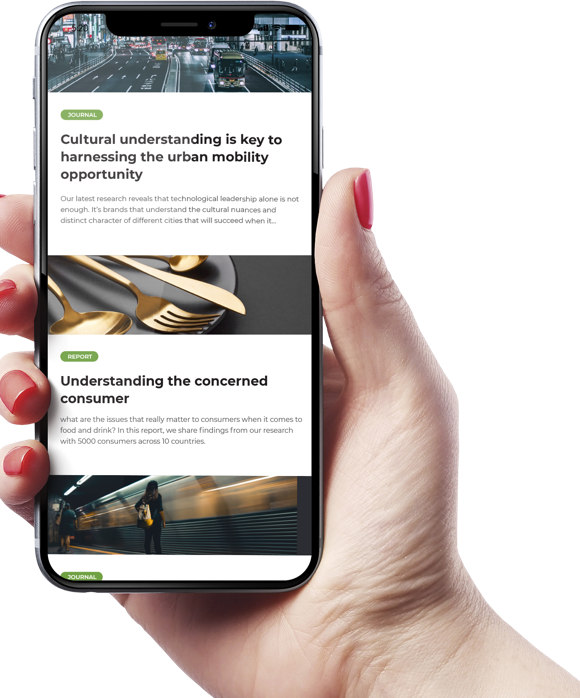
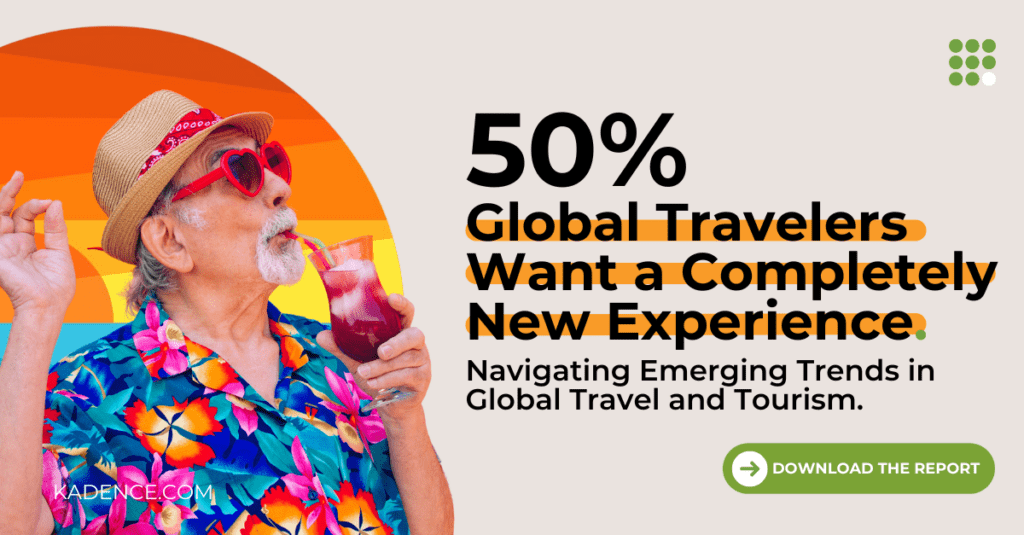
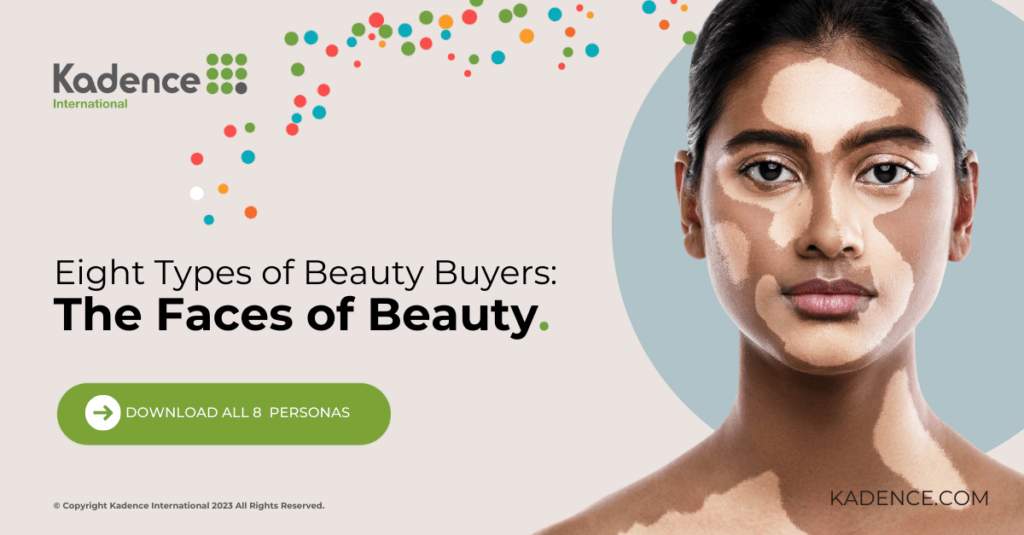
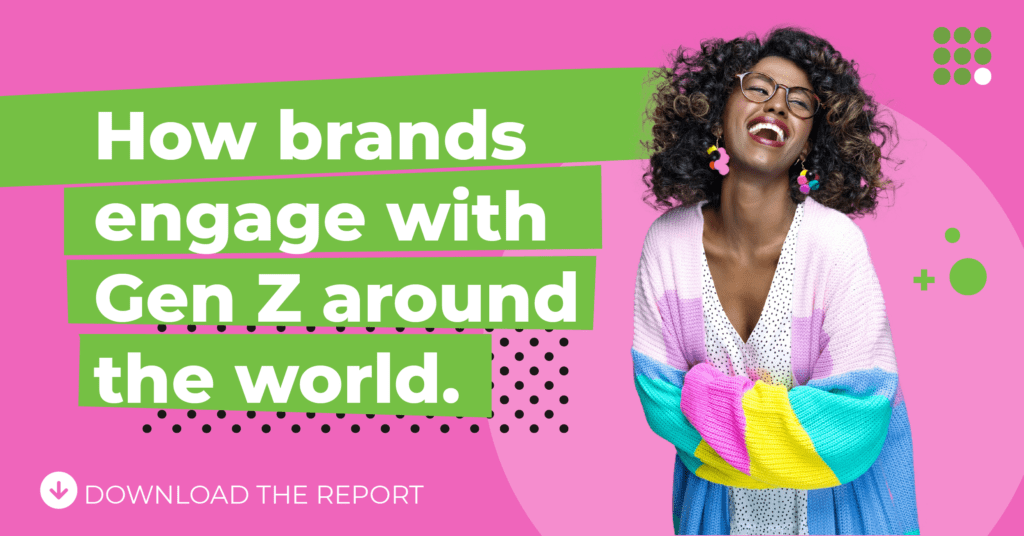

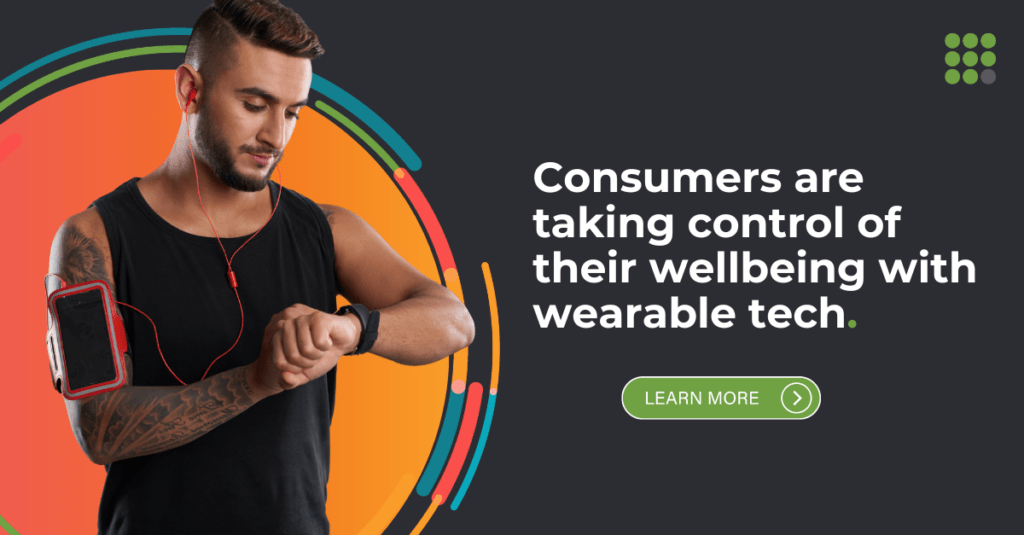
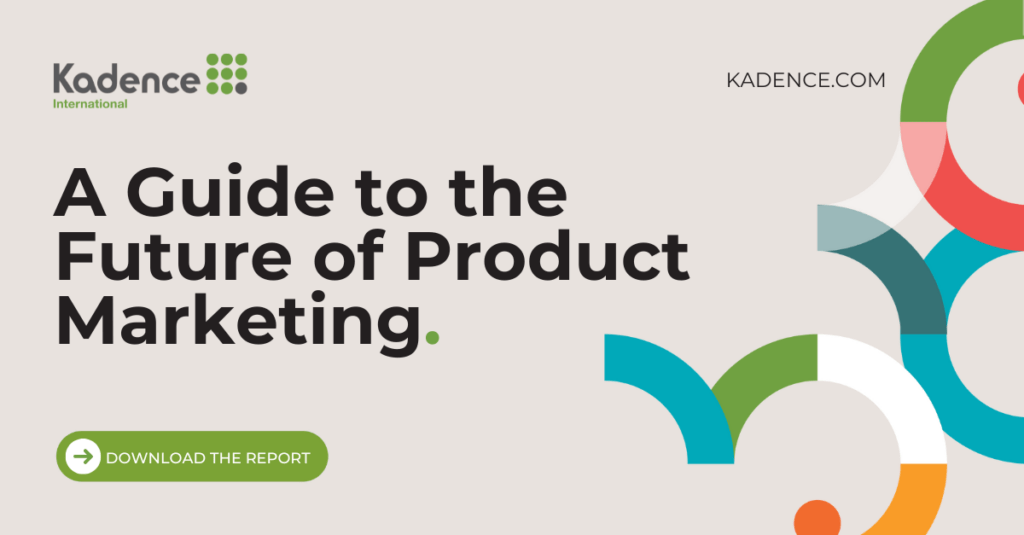
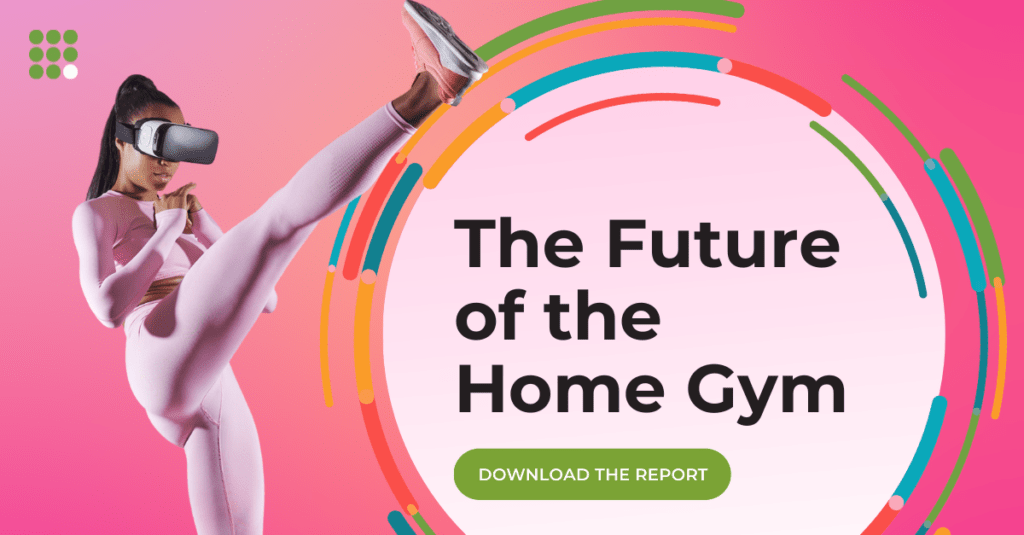


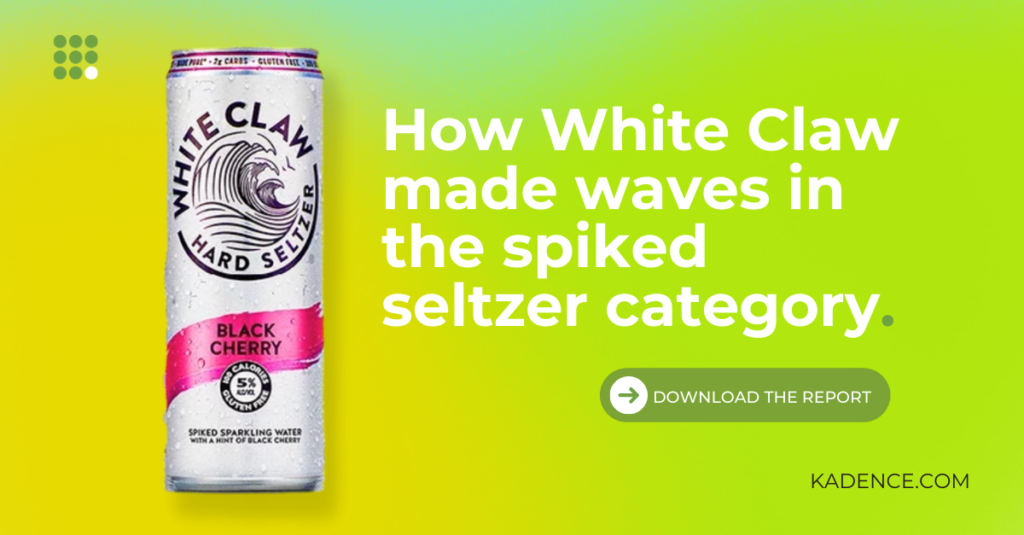

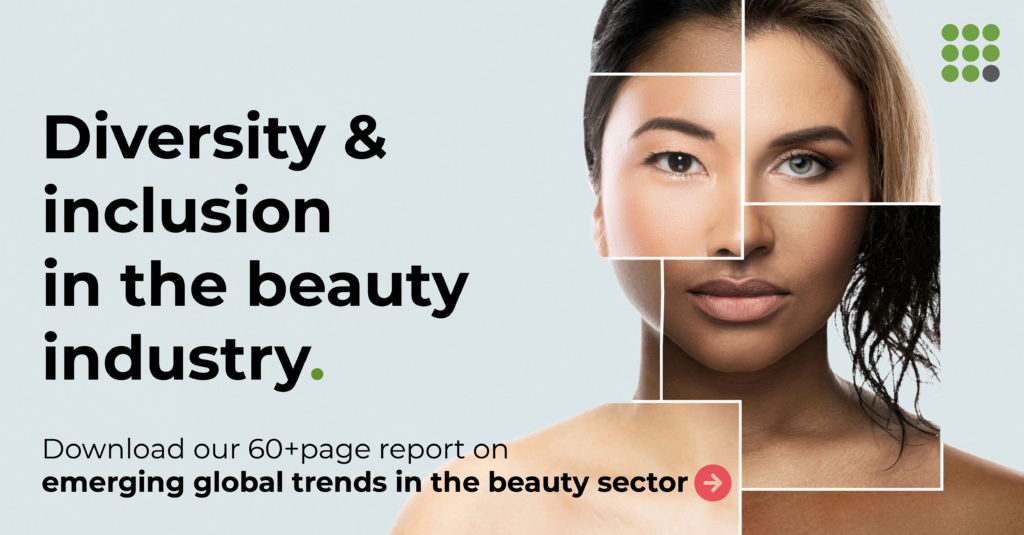
 Senior Marketing Executive
Senior Marketing Executive Sales & Marketing
Sales & Marketing General Manager PR -Internal Communications & Government Affairs
General Manager PR -Internal Communications & Government Affairs Vital Strategies
Vital Strategies
 Customer Intelligence Director
Customer Intelligence Director